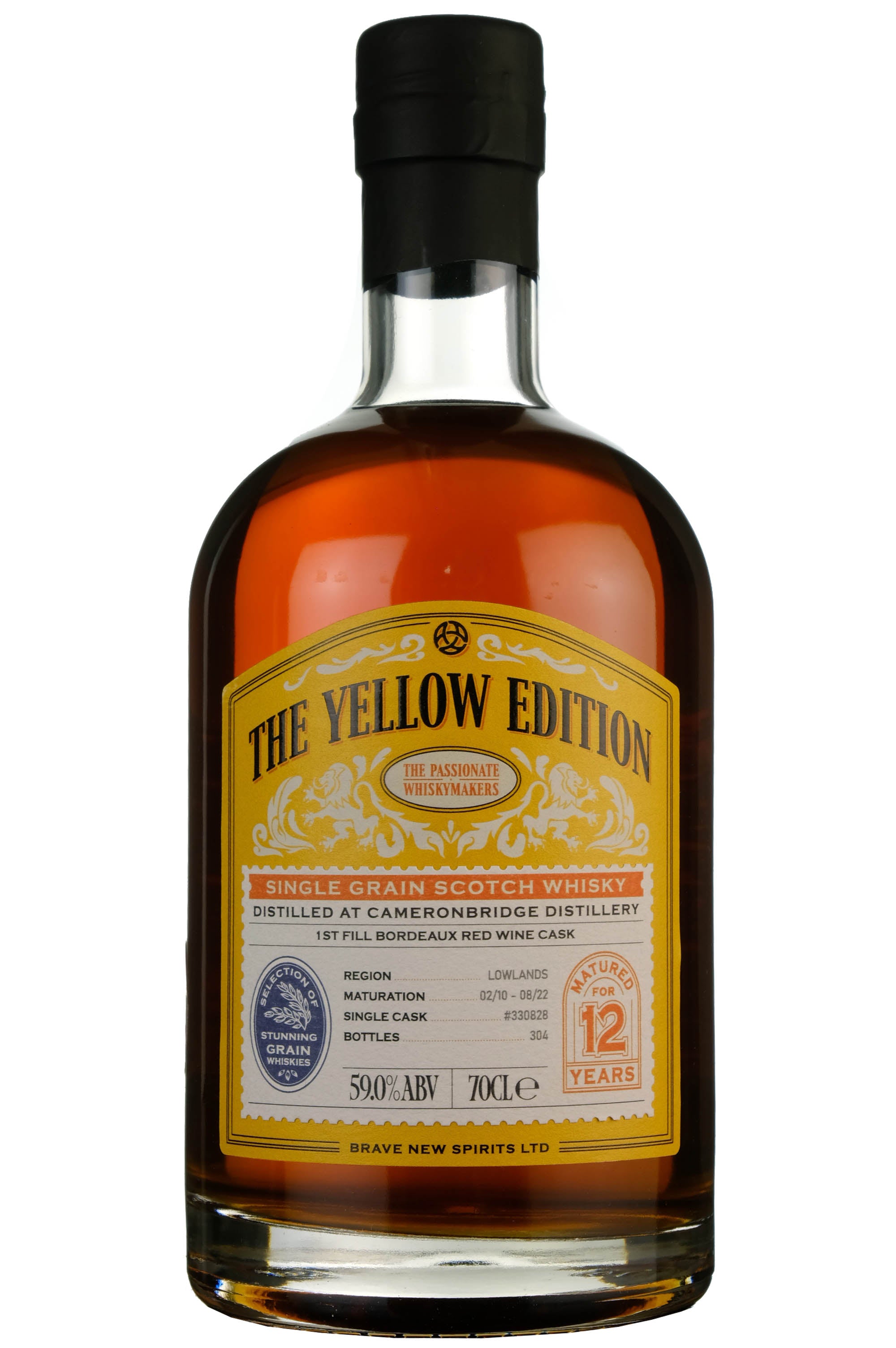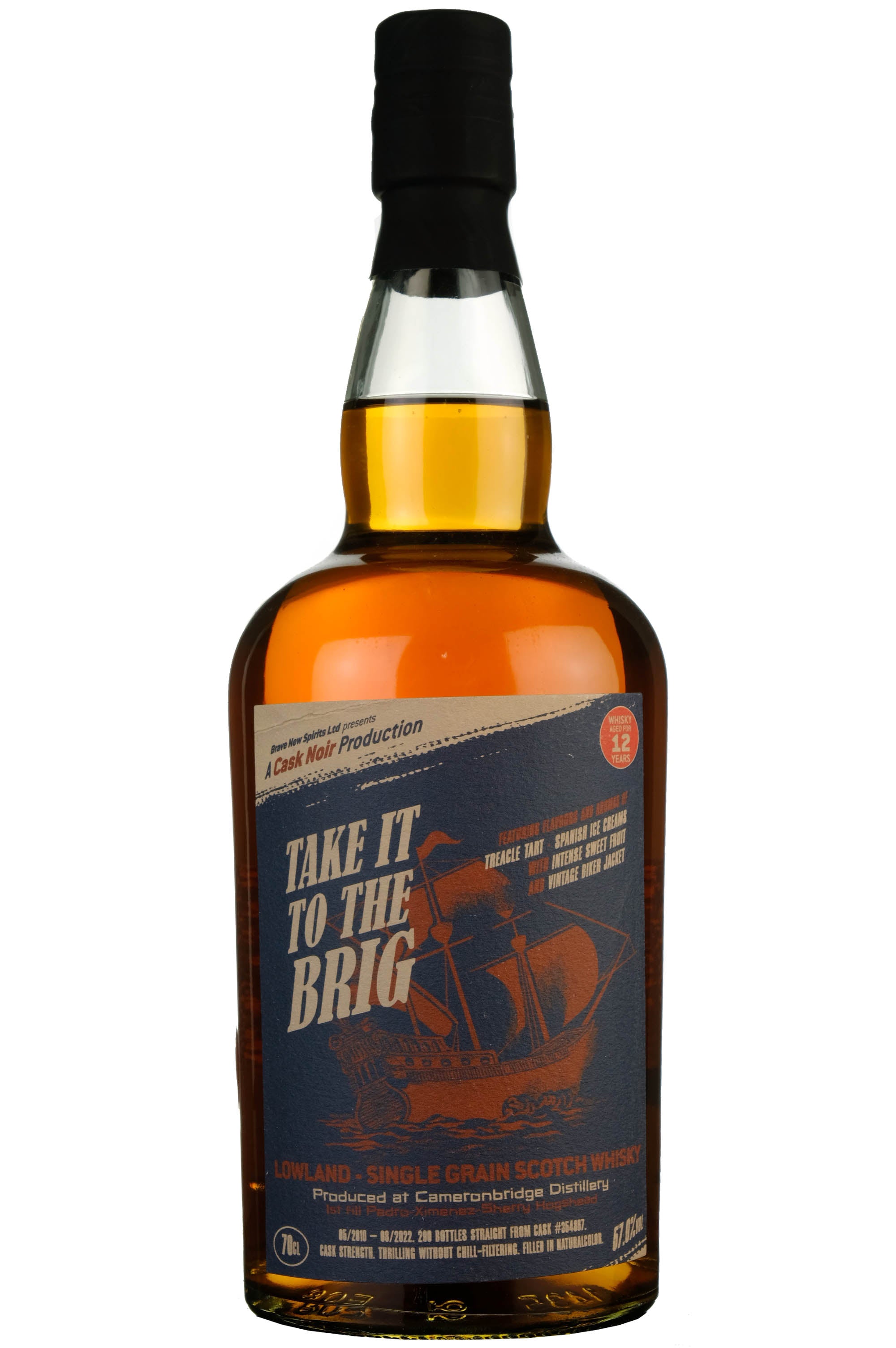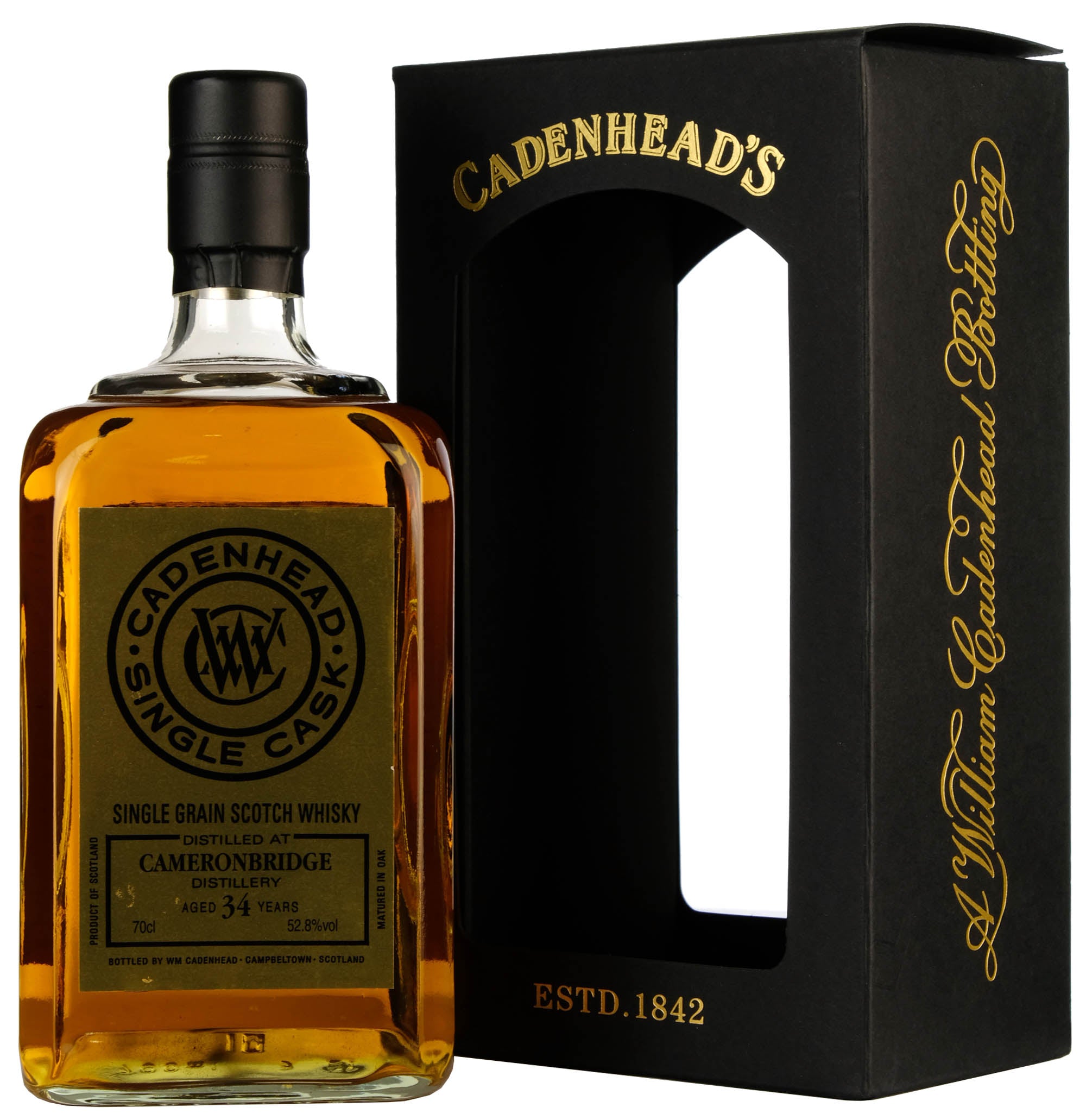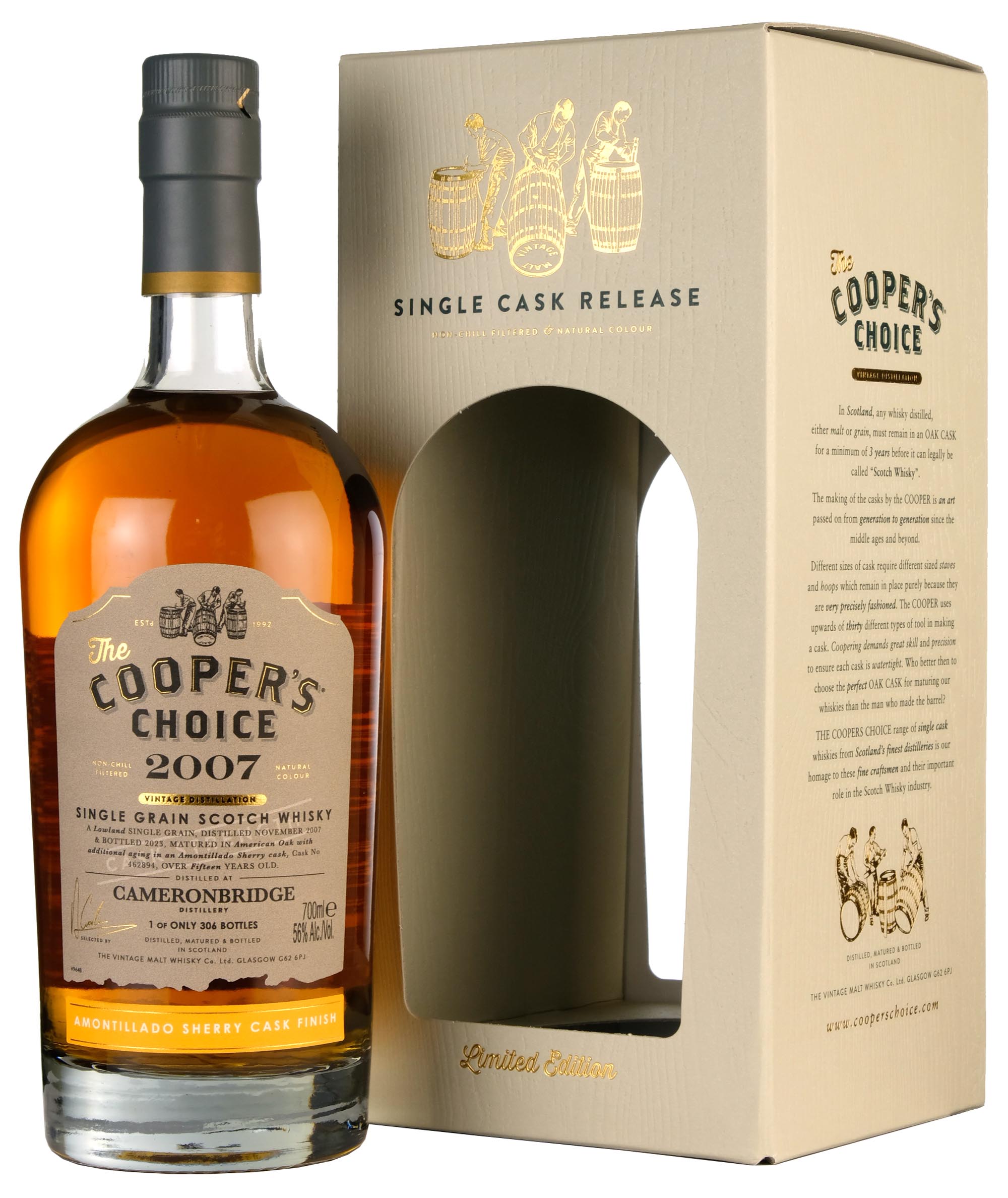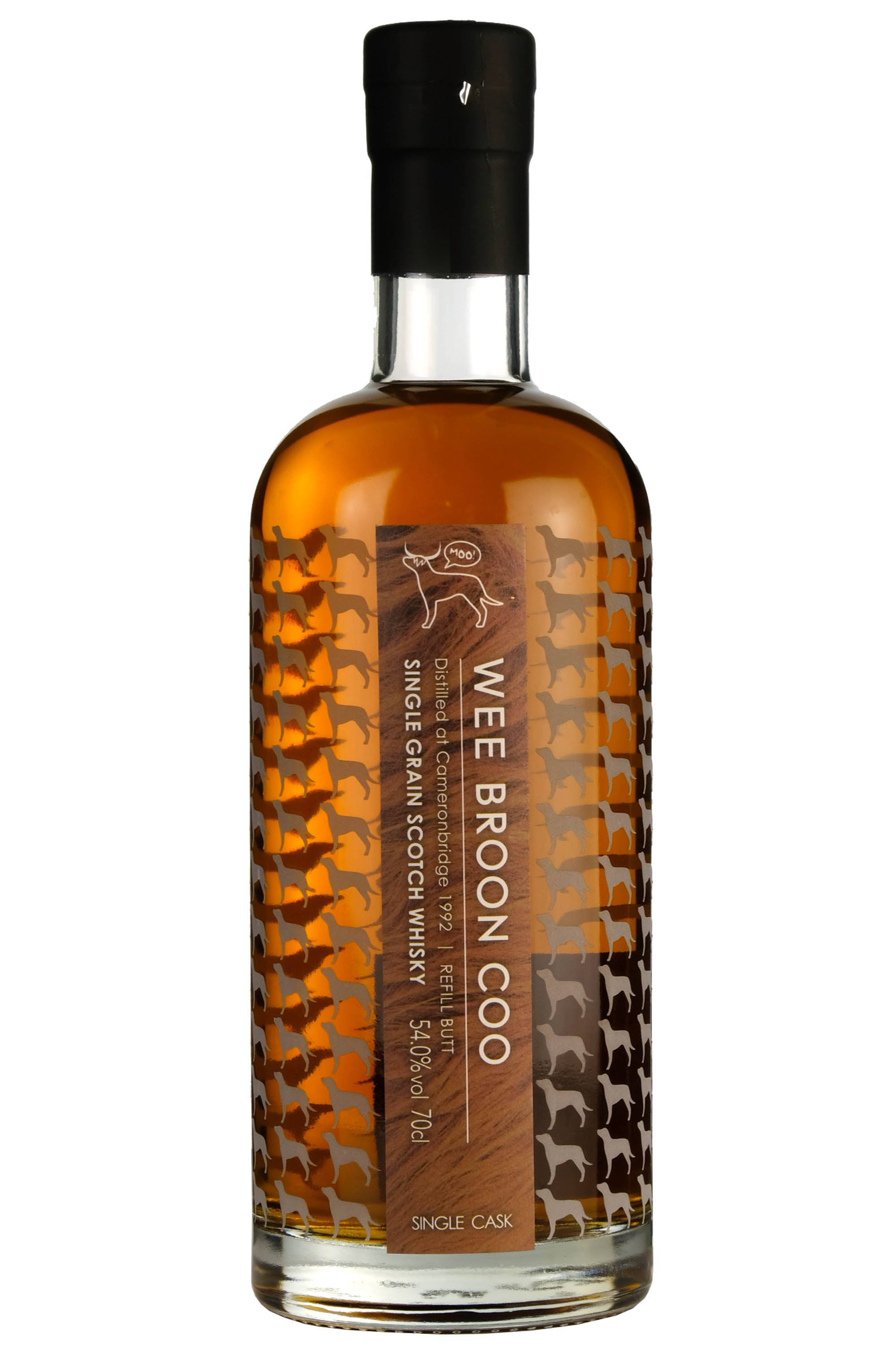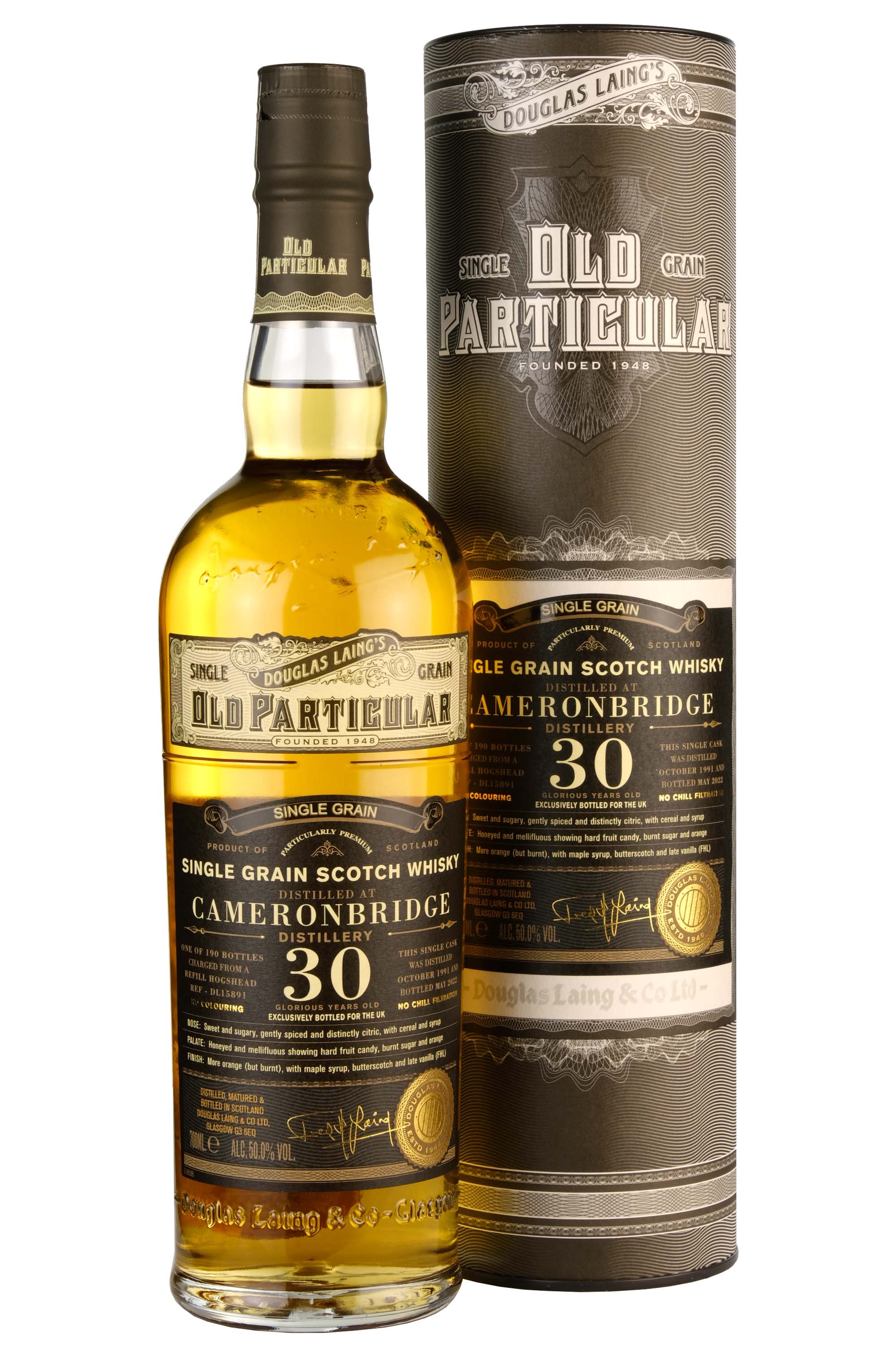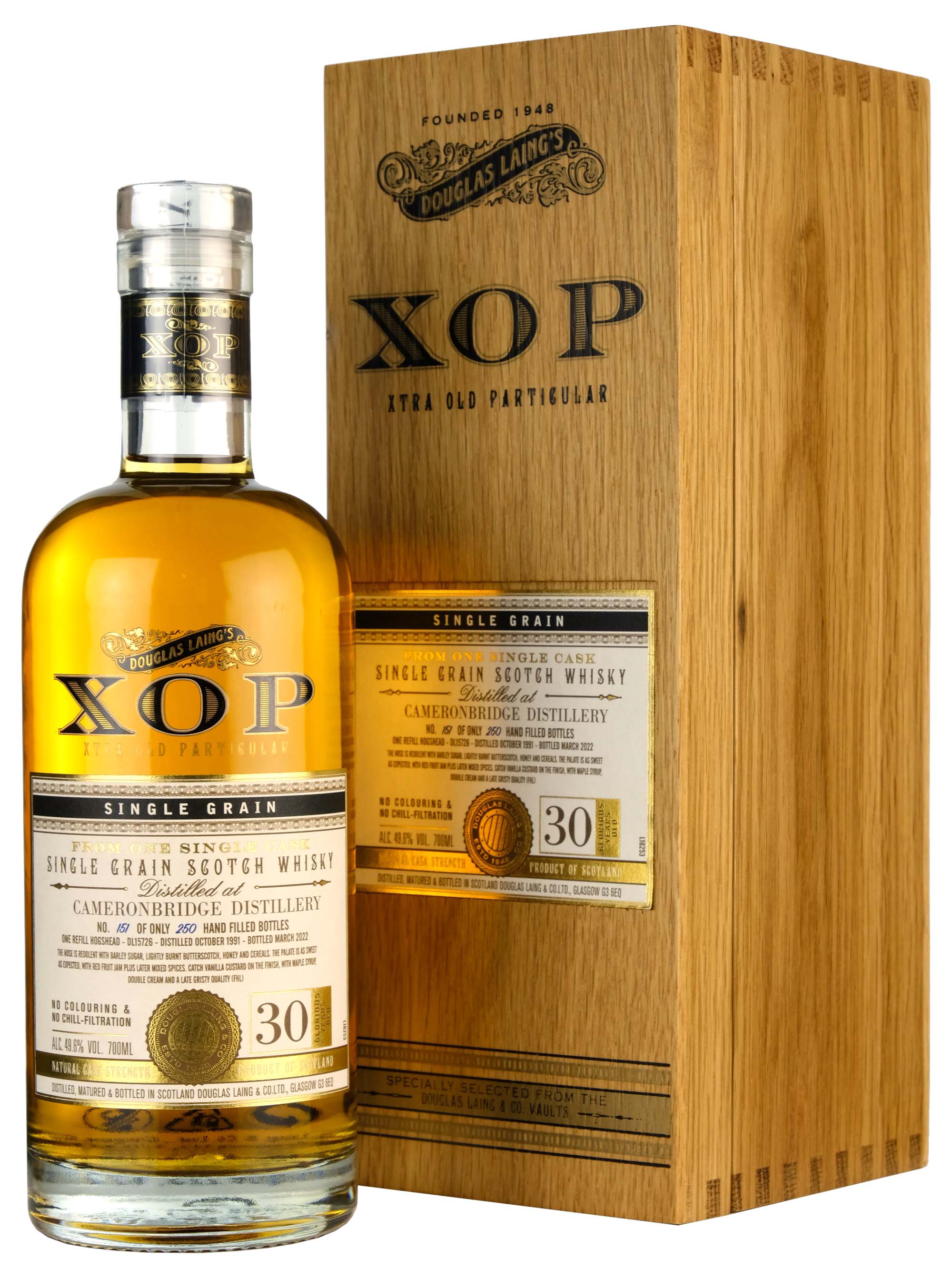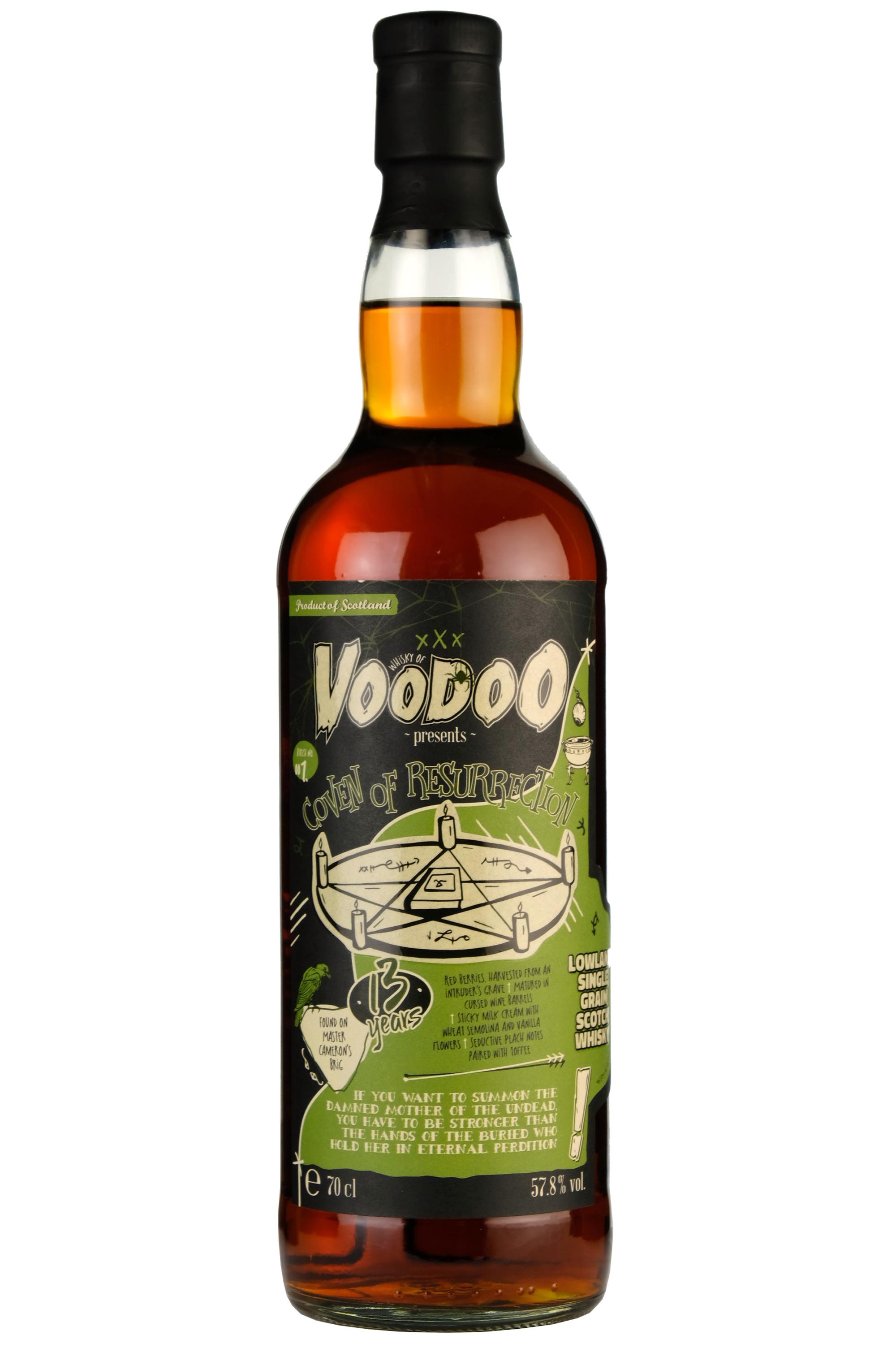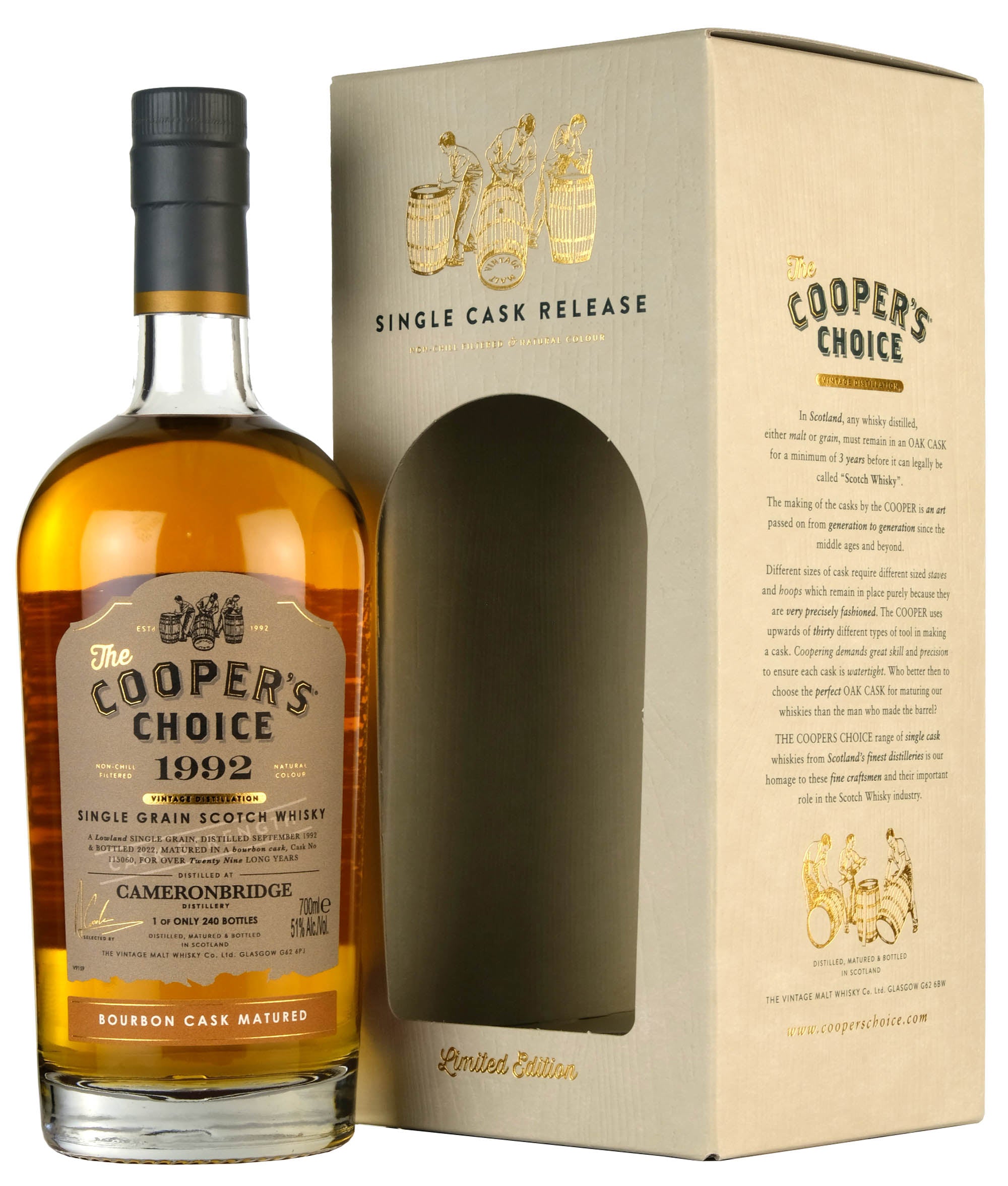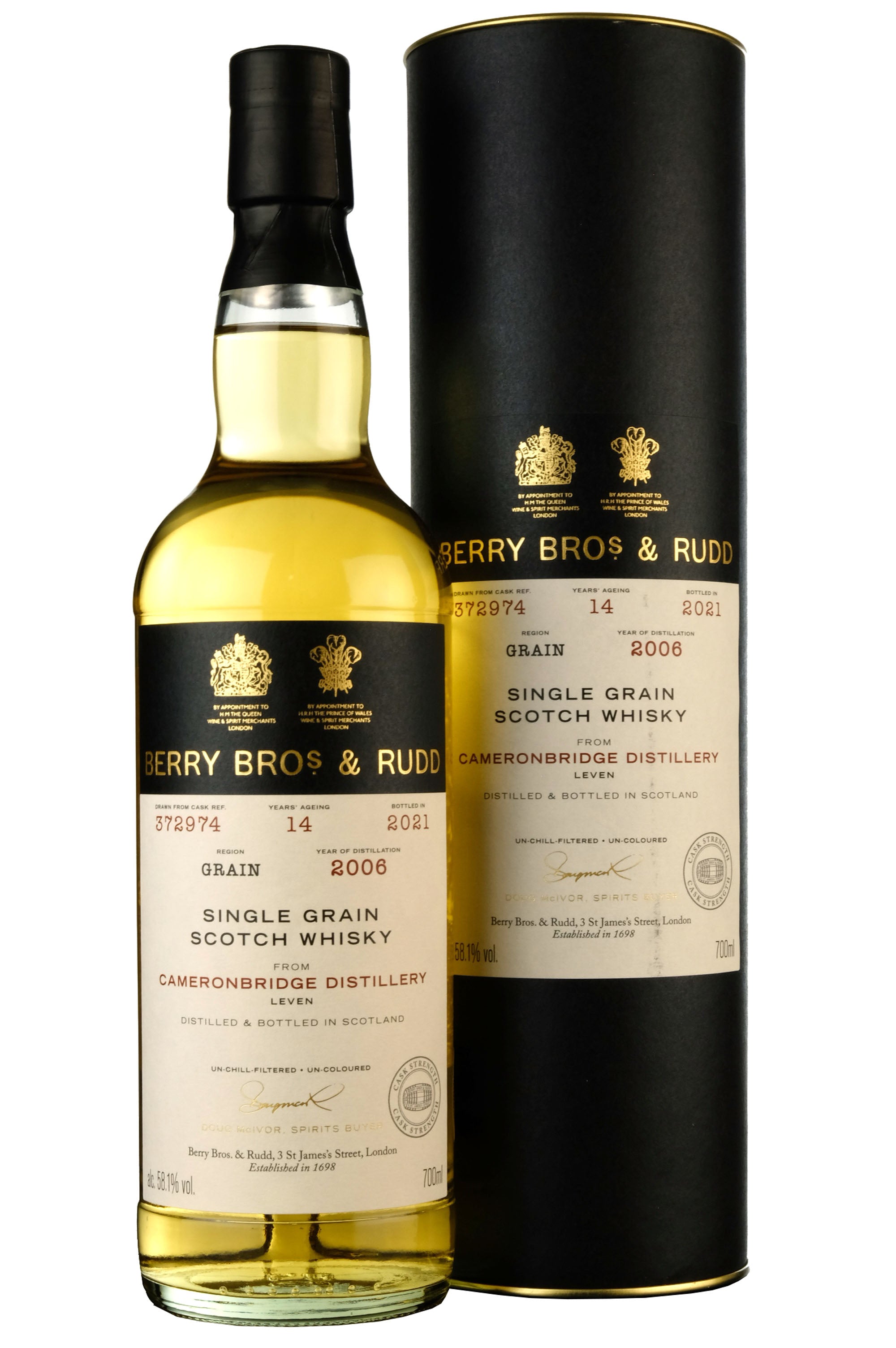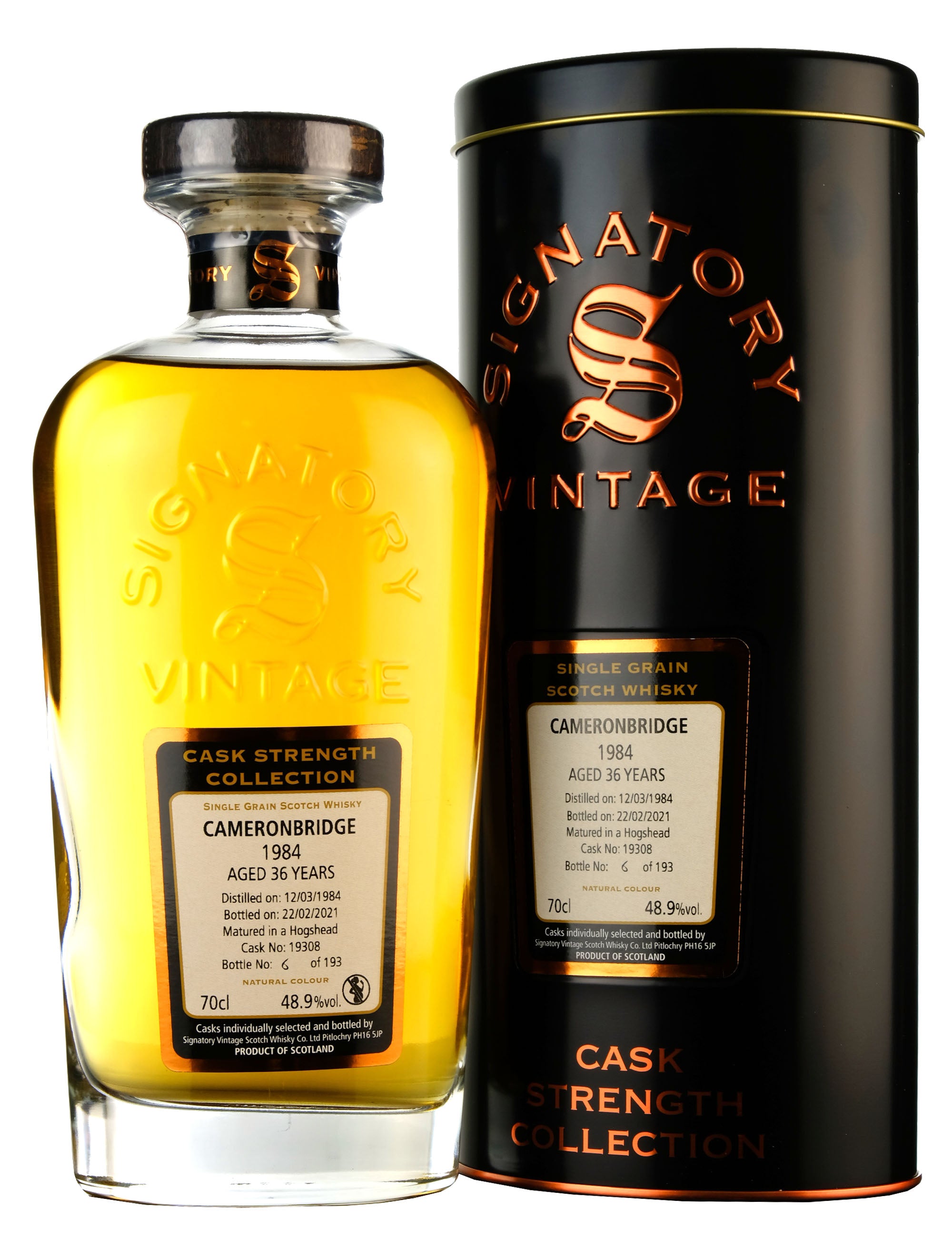As ordered and promptly delivered, but again no box included.
Lovely heavily sherried cask strength integrity whisky. How do Signatory do this 13y.o. beauty for £45 when most independent bottlers would charge double. A no brainer !
First off, they only do this in a half litre bottle however what you get Is just amazing and worth every penny.
It comes in at 104.4 proof despite this it’s not heavy on the nose with no burn
This is a perfect aged12 years old bourbon it has a very rich and dark colour and The flavour is extremely luxurious
As this is a finished bourbon, this is very well balanced smooth excellent mouth feel.
For me, you get the hints of the Sherry, dried fruits, warm vanilla and Rich sugar.
10 out of 10
Happy with your service but not opened it yet
The product was as ordered and with prompt delivery. It is, however, untasted as I had hoped to add it to my collection, but unfortunately, it arrived without a box.

